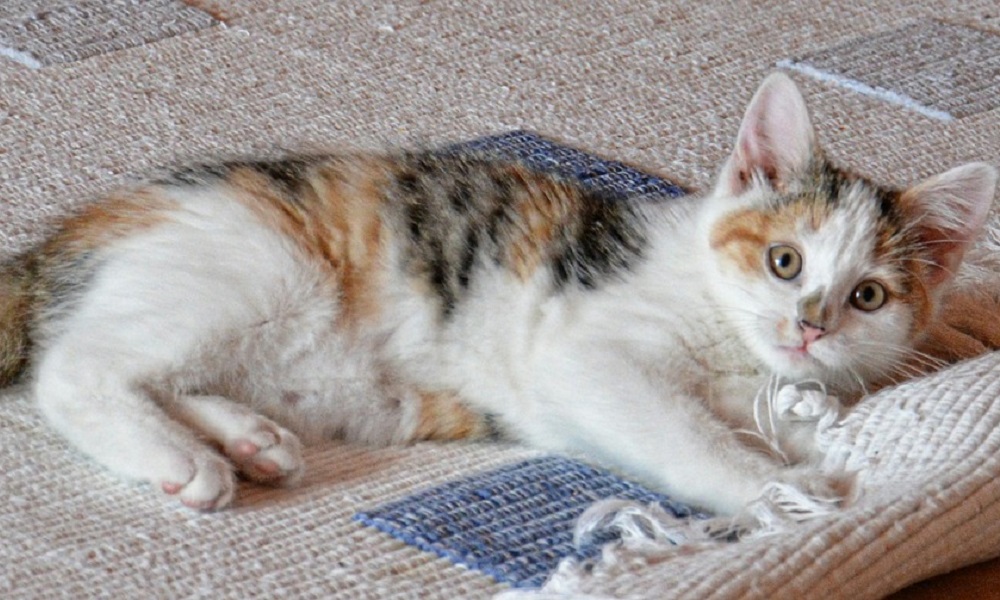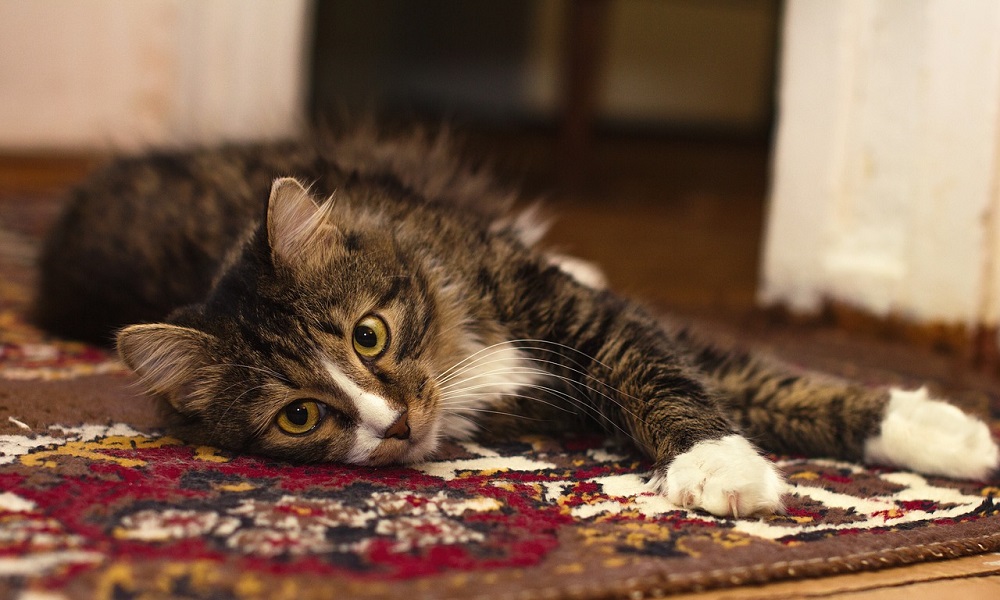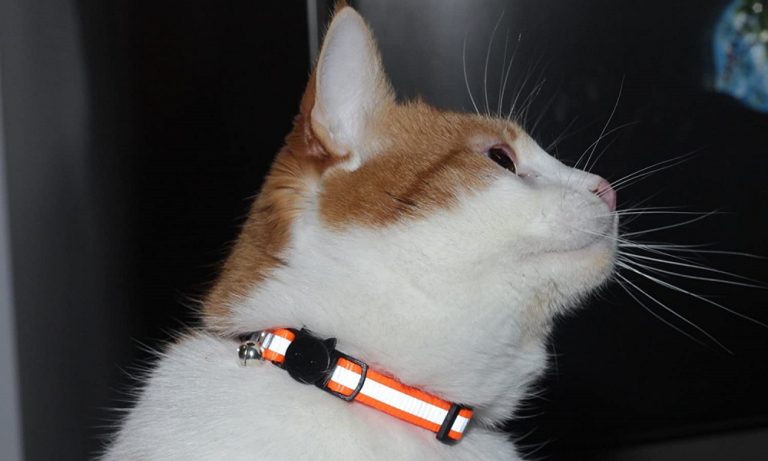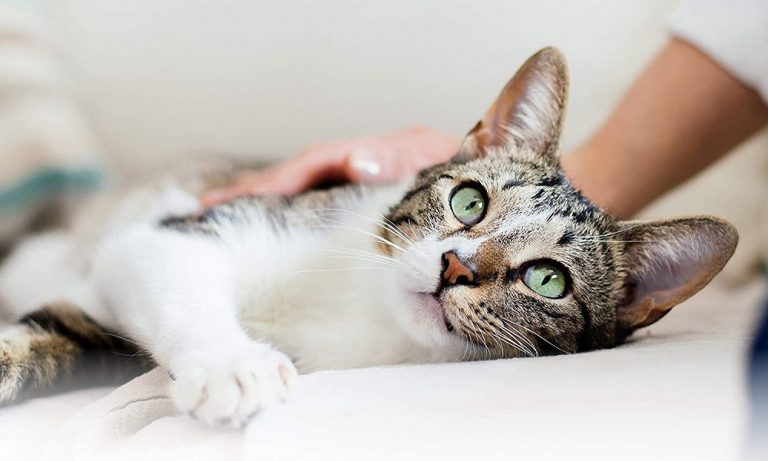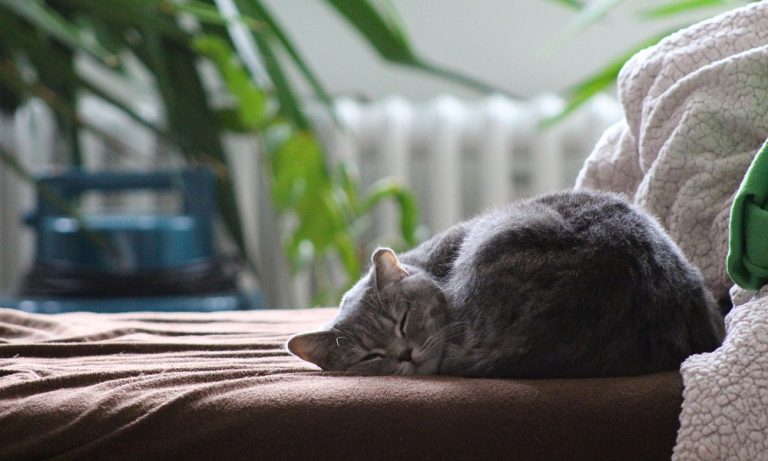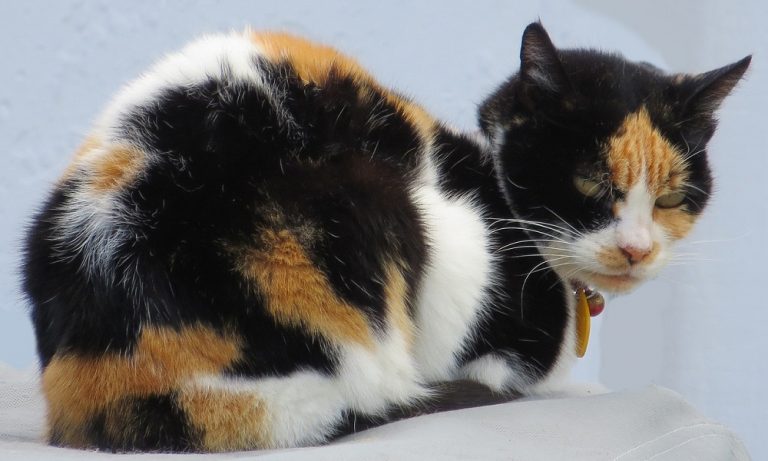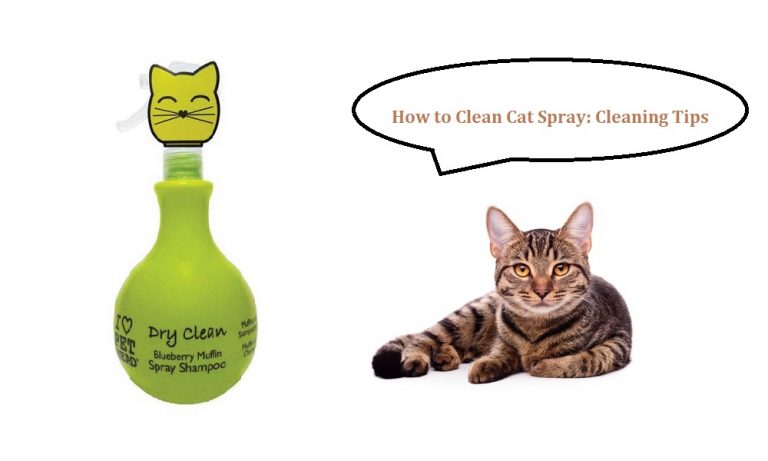How to Get Cat Spray Out of Carpets?
Cats can be cute little pets, and we love their company. If their company is being too obvious by the constant pee smell in your carpets, it can get troublesome.
Whether you are cleaning your own feline’s mess or have bought a former cat-lover house, it is useful to know how to remove the smell from places like carpets.
The method is different yet simple, and you start by locating the area that needs to be cleaned. Pet parents often encounter their cats sitting near a wet spot that they have sprayed on.
They do not show any sign of remorse. It is a natural behavior for any non-neutered cat, and you will have to redirect it. If the spot is left unattended.
The pungent smell may bind further with the carpet. Unlike other smells, cat urine is stubborn, and the scent tends to stay. Using regular methods like warm soapy water may also not help.
You need some different tools, including enzymatic cleaners, baking soda, cold water, and strong vinegar. We will be sharing the step-by-step process of removing cat spray smell from carpets.
How to Identify Cat Urine in Carpet?
In order to properly remove the pungent smell from your floors and carpets, you need to know exactly where your cat has done his business.
Depending on your cat’s behavior and your carpet’s material, you may be able to locate the sprayed spot with ease. If your cat is exhibiting inappropriate elimination.
You will be able to track down a small pool of pee by simply looking or following the scent or, worse, stepping right into the mess.
If the cat is marking his territory, then the spots will be small and mostly on vertical surfaces or places your cat rubs his face on.
When they urine is left for long, it gets a strong, pungent, ammonia-like smell and sometimes may even cause discoloration on fabrics and carpets.
It is easy to locate it but these stains are often difficult to remove as they have settled down in the material. Cleaning the place and using smell removers usually solve the problem.
If you still smell cat spray even after cleaning the area nicely, it is possible that the smell has been absorbed all the way down to the floor. Therefore, it is time to use a black light.
These lights can help you find the exact location, and then you can use either enzymatic cleaners or other odor-removers. It is also advised to manually check the nearby walls and furniture for any signs of damage.
Read more: Best flea sprays for cats
How to Remove Cat Spray from Carpet?
Once you have located the spots that need to be cleaned, the next step is preparing and gathering your tools. In case of fresh urine, you will need a ShopVac, a towel to blot, cold water for dilution, and a smell remover.
It is recommended to use an enzymatic cleaner, if it is not available, you can also use baking soda or vinegar solution to combat the foul smell.
Once you have everything you need, follow these steps to get your carpet cleaned.
Step 1: Clear out everything near the area: For carpets or mats, make sure to remove any layers and check how far the stain really goes. If it has reached the floor, you will need to clean both the carpet and the floor.
Step 2: Remove the excess urine by blotting: Taking care of urine spots the earliest is the best way to prevent the smell from settling into the carpet. You will need a towel and cold water. Use the water for dilution and then dab the spot softly with the towel to remove the excess liquid.
If you have a Shop-Vac, use it instead. The cat pee smell is one of the most stubborn smells therefore, you will have to discard the internal filter and thoroughly clean the device from the inside.
If you are using a towel, do not rub the surface, softly blot the spot. Avoid wetting the area too much as it can cause the spreading of the stain. Repeat until it has been completely absorbed. Once the surface is clean, we can now focus on removing the smell.
Step 3: Thoroughly clean the area while keeping the material and its care in mind: In the case of carpets, you will have to remove them and reinstall them after cleaning. The upper fibers and the lower part should be cleaned with proper detergents and smell removers.
Step 4: Apply enzymatic cleaners if the smell persists: If the cat urine is old or dried, use water to wet the area and apply the enzymatic cleaner as directed. Leave it for some time and then use a shop vac to remove it. If it is not available, then you can use blotting to clean it up.
These cleaners have natural enzymes that break down the complex compounds making it easier for the smell to dissipate instead of settling down further into the layers.
Step 5: Keep the area covered until you have removed the cleaners: If the scent is gone, reinstall the carpet. If it persists, then it is time to look for other remedies.
You can use baking soda and water mixture to clean up the area and combat the odor. If you do not have baking soda, you can also use vinegar.
For best results, use a 1:1 mixture of vinegar and water with one or two teaspoons of baking soda. Dried or old urine has a mild but persistent smell.
For such strong odors, food-grade vinegar is not suitable as it is diluted and weak. Instead, consider using more pungent vinegar.
Vinegar can also be used to prevent cats from peeing or marking certain places. However, its citrus smell is disliked by felines and most pets due to its sensitive sense of smell.
Prevention:
- Clean up the litter box. If you have multiple cats in the house, then the number of litter boxes in the house should be one more than the number of felines. This is to reduce the chances of your cat peeing outside the designated place.
- Get the cats spayed or neutered. It is very common for a multiple cat household to get marked everywhere. Cats do not like being part of a pack and mark their territory to tell other felines that this is their property. They also exhibit this behavior when they are looking for a mate.
Read more: Best cat pheromone sprays
Some Importance Tips
- Do not wet the area too much as it can cause the stain to spread.
- Using hot water is not recommended as it may cause the smell to persist. Instead, use cold water.
- To avoid the foul odor, take care of the stains the moment you find them.
- Enzymatic cleaners are an excellent option for breaking down the urea into harmless gases, which in turn removes the scent.
- Do not use bleach as it can damage the carpet. Use it only if it is indicated as safe on the label.
- Cats tend to return to their marked places. To prevent it, cover the carpet area with furniture, so your cat does not spray there.
- Enzymatic cleaners and baking soda require time to remove the smell. In the meantime, stop the cat from walking near that place, as some of the chemicals can be harmful.
- For cats, spraying is a very natural behavior, and they do not feel bad about marking their favorite places. Therefore, scolding or punishing your feline will not bring better results. If you want your feline to restrict his business to his litter box, make sure it is cleaned regularly.
- Neutered cats do not spray. If you find him urinating outside on purpose, consider re-training and take him to the vet if the issue persists.
- Consider using a black light if your carpet appears to be dry, clean, and still smells like cat pee. It will allow you to check for any leftover spots that haven’t been dealt with.
Read more: Why do cats spray
Conclusion
Of all the places your cat may mark, a carpet is perhaps the most absorbent and seemingly challenging to clean. Right steps and some quick remedies, you can avoid having to spend extra cash to get the carpets cleaned professionally.
Locate all the urine spots using a blacklight and then apply enzymatic cleaners. DIY smell removing solutions like baking soda and vinegar should be used if the smell persists.
During the detailed cleaning, it is important to keep the feline from returning to the same place. You can use vinegar or other repellents to prevent your cat from marking outside his designated territory.
Make sure the litter boxes are cleaned and emptied on time. If you have multiple cats, you may need to put another litter box. While the cleaning can be time-consuming, taking care of the smell early is easier and quicker.

